VW Admits Audi Software 'Distorts Emissions' While Also Billing It as a Feature

As U.S. and European authorities gear-up for another round of investigations, Volkswagen confirmed Audi did produce cars equipped with software that can distort emission test results. Although VW was careful not to be too committal in its wording, hinting at it being a handy driver’s assist instead of a defeat device.
This must be a great time to be a corporate lawyer.
Reuters reports VW admitted to Audi’s emissions-influencing software, discovered by the California Air Resources Board over the summer.
Last week, Germany’s Bild am Sonntag broke the news that CARB discovered emissions cheating software in an older Audi model unrelated to the device that kicked off last year’s diesel emissions cheating scandal. The news this time wasn’t so much that VW had a new defeat device, but that it kept installing it on Audi vehicles months after the initial emissions scandal became public knowledge.
The Board’s discovery linked the Audi software to an idle steering wheel that altered the shift program in certain Audi models with automatic transmissions. The software essentially allows the car to detect testing conditions and alter the shift pattern to decrease carbon dioxide and nitric oxide output.
In a response published in Germany’s Sueddeutsche Zeitung, Volkswagen admitted, “Adaptive shift programs can lead to incorrect and non-reproducible results” in a testing environment.
“In normal use, these adaptive systems support the driver by adjusting the gear-shifting points to best adapt to each driving situation.
“Audi has explained the technical backgrounds of adaptive shift programs to the [German] Federal Motor Vehicle Authority and has made available technical information,” VW continued, noting there will be more talks commissioned by the German government and VW will conduct its own investigation.
Interviews include a renewed interest in Audi CEO Rupert Stadler, who will be returning to speak with U.S. law firm Jones Day. Commissioned by the supervisory boards of VW Group and Audi to investigate the diesel-emissions scandal, Jones Day initially gave Stadler a clear bill of health. However, in the wake of a secondary scandal focusing around Audi, Automotive News says the CEO is wanted for more questioning.
The U.S. Federal Trade Commission also wants a federal judge to allow the agency to take additional testimony from Volkswagen Group over recent allegations the German automaker intentionally destroyed documents relating to the company’s diesel emissions scandal.
[Image: Volkswagen]

A staunch consumer advocate tracking industry trends and regulation. Before joining TTAC, Matt spent a decade working for marketing and research firms based in NYC. Clients included several of the world’s largest automakers, global tire brands, and aftermarket part suppliers. Dissatisfied with the corporate world and resentful of having to wear suits everyday, he pivoted to writing about cars. Since then, that man has become an ardent supporter of the right-to-repair movement, been interviewed on the auto industry by national radio broadcasts, driven more rental cars than anyone ever should, participated in amateur rallying events, and received the requisite minimum training as sanctioned by the SCCA. Handy with a wrench, Matt grew up surrounded by Detroit auto workers and managed to get a pizza delivery job before he was legally eligible. He later found himself driving box trucks through Manhattan, guaranteeing future sympathy for actual truckers. He continues to conduct research pertaining to the automotive sector as an independent contractor and has since moved back to his native Michigan, closer to where the cars are born. A contrarian, Matt claims to prefer understeer — stating that front and all-wheel drive vehicles cater best to his driving style.
More by Matt Posky
Latest Car Reviews
Read moreLatest Product Reviews
Read moreRecent Comments
- OA5599 Been there, done that--Fordlandia.
- MaintenanceCosts I love urban condos, but the idea of sharing an association with 50 Aston owners makes me break out in hives.
- MaintenanceCosts My dad had a closely related, but much less cool, Corolla Liftback of the same vintage when I was born. Typical of a Toyota, it was the low-drama car in the household, compared to mom's backfire-prone and fussy RX-3 wagon. Both cars got sold when we moved overseas in 1981, but neither parent had the sense to buy something low-drama again for quite a few more years.
- MaintenanceCosts When they target one specific plant well outside of contract negotiation time, you know it's bad.Even if you distrust unions, ask yourself whether an individual whistleblower could have made any difference here without the union backing him up.
- FreedMike IIRC, weren't '70s Japanese cars prone to rust?






















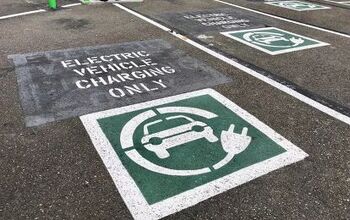



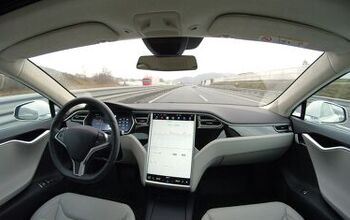


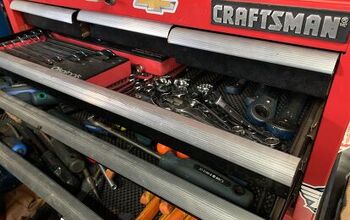
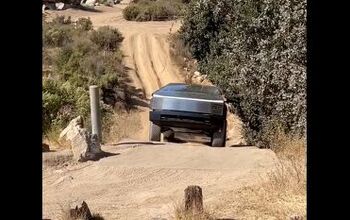

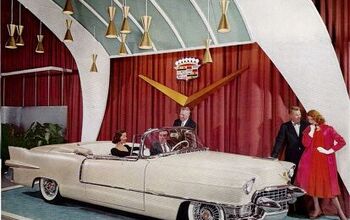

Comments
Join the conversation
It could be a legitimate artifact of adaptive shifting if not for two things: (1) failure to revert, and (2) VAG.
At some point, one has to question VAGs viability in the United States market.